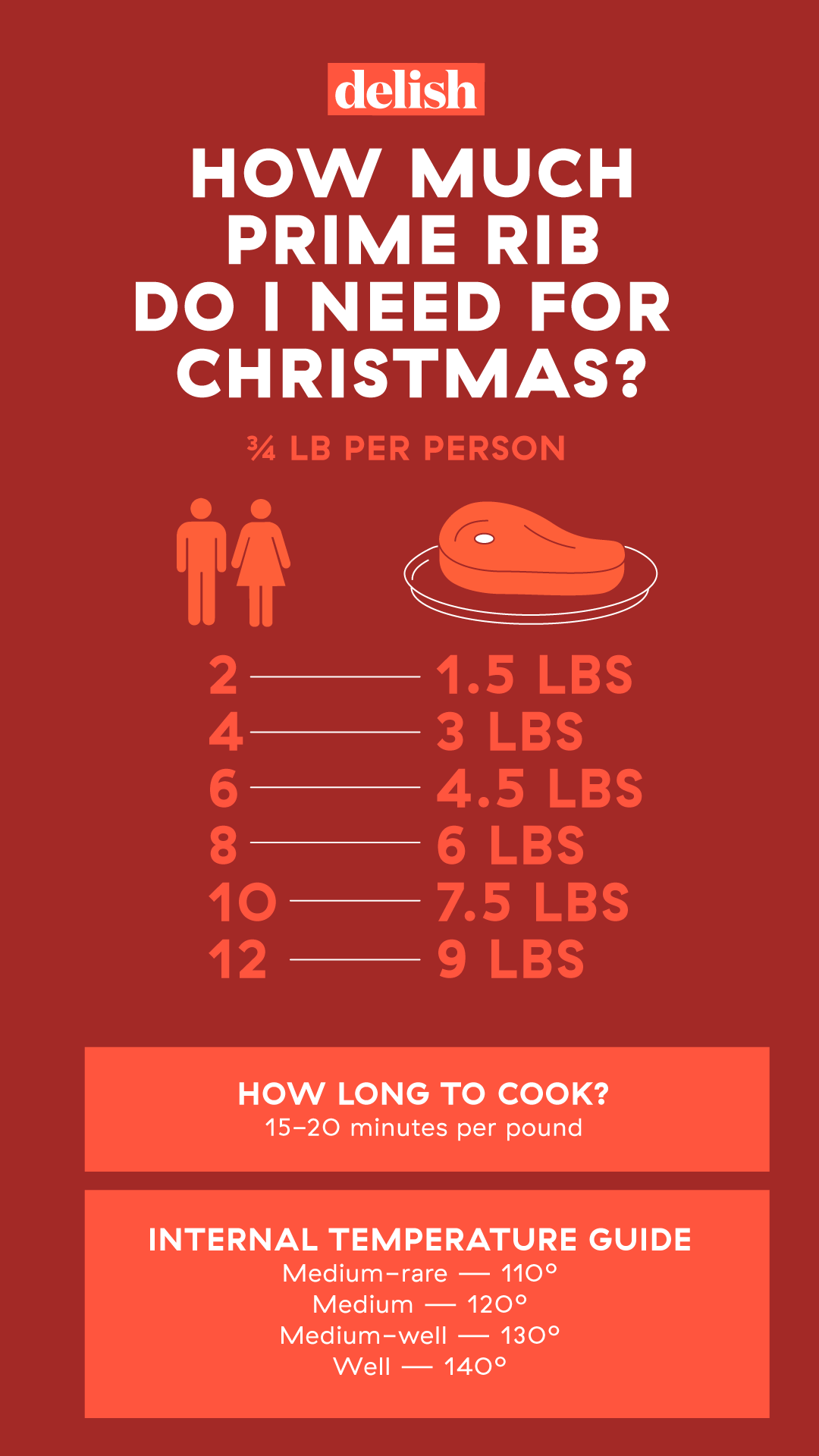
As with the "grass-fed" label, the exact definition of "grass" is contentious and seems to vary with each new piece of legislation. Previously Frozen Roast: If your prime rib roast is frozen, let it thaw completely in the refrigerator.

Smear the cut ends only of the roast with the butter. One hundred percent grass-fed indicates that the cattle were raised and finished either on pasture or on grass-based feed. Pat the room-temperature standing rib roast (prime rib roast) dry with paper towels or napkins.Many producers want to include young corn stalks under the umbrella of "grass," effectively diluting the meaning of the label. The very definition of "grass" is also up for debate. Most "grass-fed" cattle are fed grain for their last few weeks to fatten them. They do not necessarily receive a 100% grass diet, nor are they necessarily finished on grass. Grass-fed cattle must, at some point in their lives, have been raised on a diet of grass.Very recent legislation mandates that at least 30% of their dry-matter intake needs to come from pasture for 120 days out of the year. Organic cattle are also subject to stricter enforcement of humane treatment. The cattle must also have had access to pasture, though, in reality, this "access" could be a single patch of grass on the far side of a large dirt feedlot. Organic beef is certified and inspected by the government, must be fed completely organic feed grains, and must be antibiotic- and hormone-free.As of 2009, the label ensures that the animals are free of growth promotants and antibiotics, except coccidiostats for parasites, and that they were never fed animal by-products. With the Anova Sous Vide Precision Cooker, you get perfect prime rib every time (which for us means, medium rare), with less than an hour of active cooking. Naturally raised, on the other hand, does mean something.It's basically an honor system between the producer and the customer, but no third party checks it.

There's no enforcement there are no rules.


 0 kommentar(er)
0 kommentar(er)
